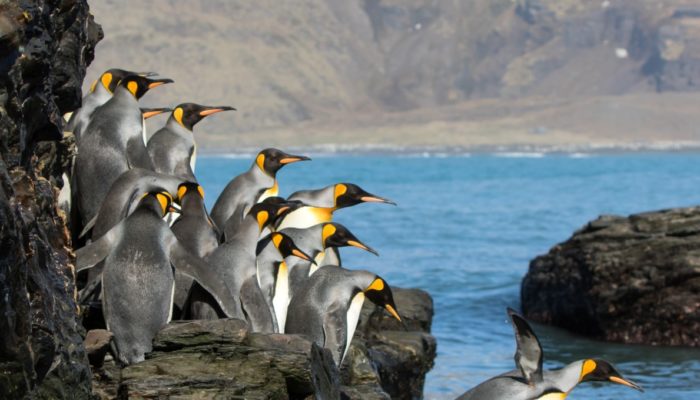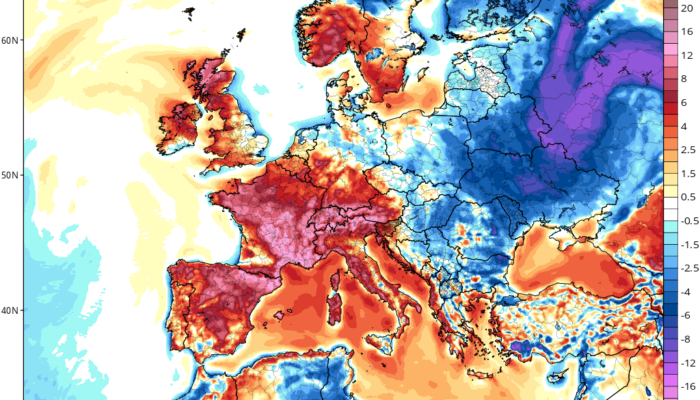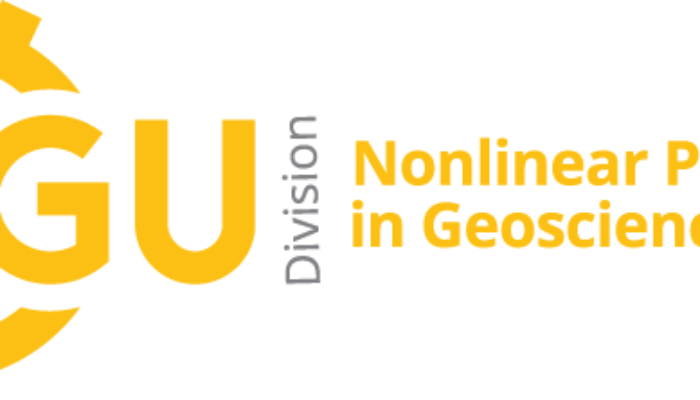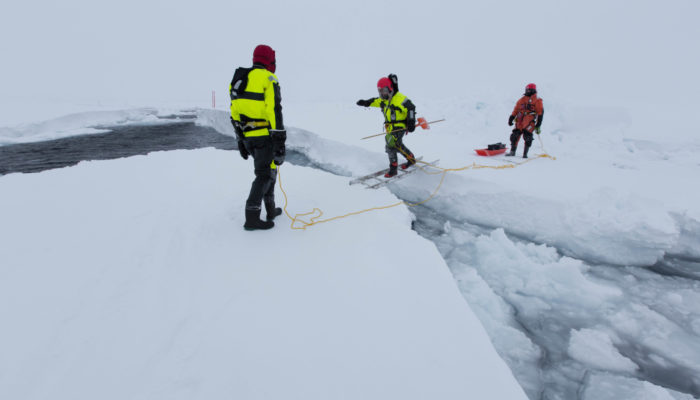A new heatwave is currently hitting Europe. In this context, the icy landscapes of the Arctic, Antarctica or the high mountains appear to be the perfect destination to cool down! As this is not necessarily an option for everyone, we alternatively recommend to find the next river, lake, or ocean and jump in, just like the penguins in the picture above! This heatwave is also a clear sign that August ...[Read More]
Geodynamics
The Sassy Scientist – Fake Scientists
Every week, The Sassy Scientist answers a question on geodynamics, related topics, academic life, the universe or anything in between with a healthy dose of sarcasm. Do you have a question for The Sassy Scientist? Submit your question here. Martin asks: I feel like an imposter when doing research. Any tips? Dear Martin, Own it. First, get yourself into a place where you feel as uncomfortable as yo ...[Read More]
Nonlinear Processes in Geosciences
June Heatwave 2019: can we attribute the event to anthropogenic emission?
If August Rodin had lived nowadays, he would have placed his gates of hell (la Porte de l’Enfer) in Gallargues-le-Montueux, where the absolute French temperature record (45.9 °C) was set on June 28th this year. The last week of June has been very hot, not only in the south of France, but overall central Europe: in the Alps, some locations such as Chamonix (France) and Aosta (Italy) experienced tem ...[Read More]
Nonlinear Processes in Geosciences
NP Interviews: the Division President Stéphane Vannitsem
Today’s NP Interviews hosts the Nonlinear Processes Division President Stéphane Vannitsem. Stéphane is the head of the Dynamical Meteorology and Climatology Unit of the Research division of the Royal Meteorological Institute of Belgium, and lecturer at the Free University of Brussels. He is currently president of the Nonlinear Processes division of the European Geosciences Union and executive edit ...[Read More]
Nonlinear Processes in Geosciences
Welcome to the Nonlinear Processes in Geosciences Blog!
We are happy to announce that the growing Nonlinear Processes in Geosciences (NP) community has a new unifying platform where newsworthy information on different topics will be published, with the main aim to reach many scientists at a time. Thus, this is the official launch of the Nonlinear Processes in Geosciences Blog! We hope this platform could serve as a starting point to strengthen our comm ...[Read More]
Geodynamics
Writing your own press release
Do you have an upcoming publication and would like to extend its reach through a press release? Maybe your university doesn’t have a media office able to help, you are short on time, and/or don’t know where to start. Don’t fret, this week Grace Shephard (Researcher at CEED, University of Oslo) shares some tips for writing your own press release and includes a handy template for download. She also ...[Read More]
Tectonics and Structural Geology
Minds over Methods: Virtual Microscopy for Geosciences
The next “Minds over Methods” blogpost is a group effort of Liene Spruženiece (left) – postdoctoral researcher at RWTH Aachen and her colleagues Joyce Schmatz, Simon Virgo and Janos L. Urai. The Virtual Microscope is a collaborative project between RWTH Aachen University and Fraunhofer Institute for Applied Information Technology (Schmatz et al., 2010; Virgo et al., 2016). In the ...[Read More]
Natural Hazards
The proliferation of Cyanobacterial blooms: A toxic blue tide
Dr Assaf Sukenik is Senior Scientist at Kinneret Limnological Laboratory of the Israel Oceanographic and Limnological Research. His research interests concern the physiology and biochemistry of freshwater and marine algae, Cyanobacteria and algal toxins, the water quality of freshwater ecosystems. What are cyanobacteria and what is their natural habitat? Cyanobacteria (from the Greek word κυανοσ = ...[Read More]
Cryospheric Sciences
Did you know? – Storms can make Arctic sea ice disappear even faster
The increase in air and water temperature due to climate change drives the retreat in the Arctic sea-ice cover. During summer, when sunlight reaches the Arctic, the absorption of heat by the dark ocean water enhances the sea-ice melt through the ice-albedo feedback. During winter, when sunlight does not reach the Arctic, another feedback is at work, as storms enhance the energy transfer between ai ...[Read More]
Geodynamics
The Sassy Scientist – Jekyll and Hyde
Every week, The Sassy Scientist answers a question on geodynamics, related topics, academic life, the universe or anything in between with a healthy dose of sarcasm. Do you have a question for The Sassy Scientist? Submit your question here. Senna asks: I’m torn between mantle dynamics and lithosphere dynamics as a research topic. Which shall I choose? Dear Senna, Could you follow my little Jekyll ...[Read More]








